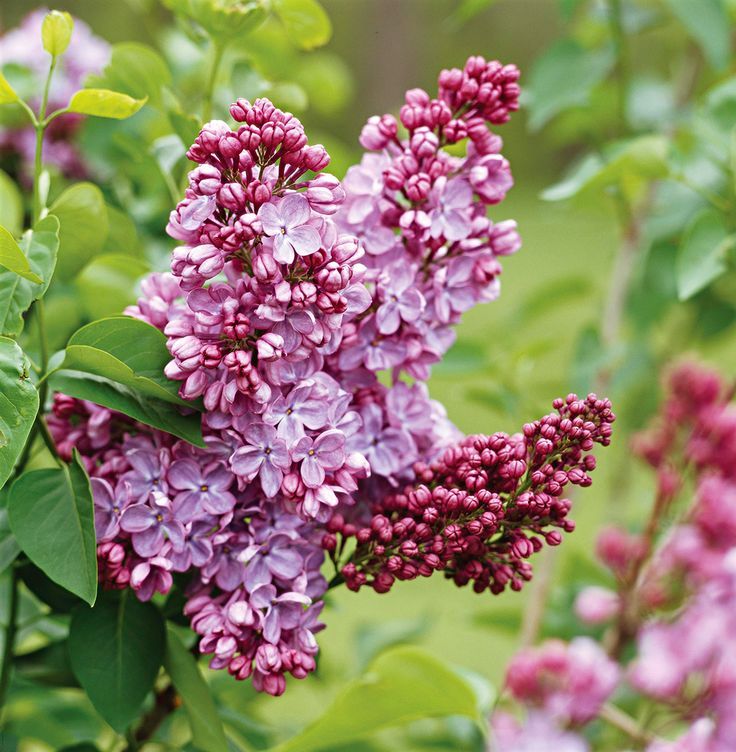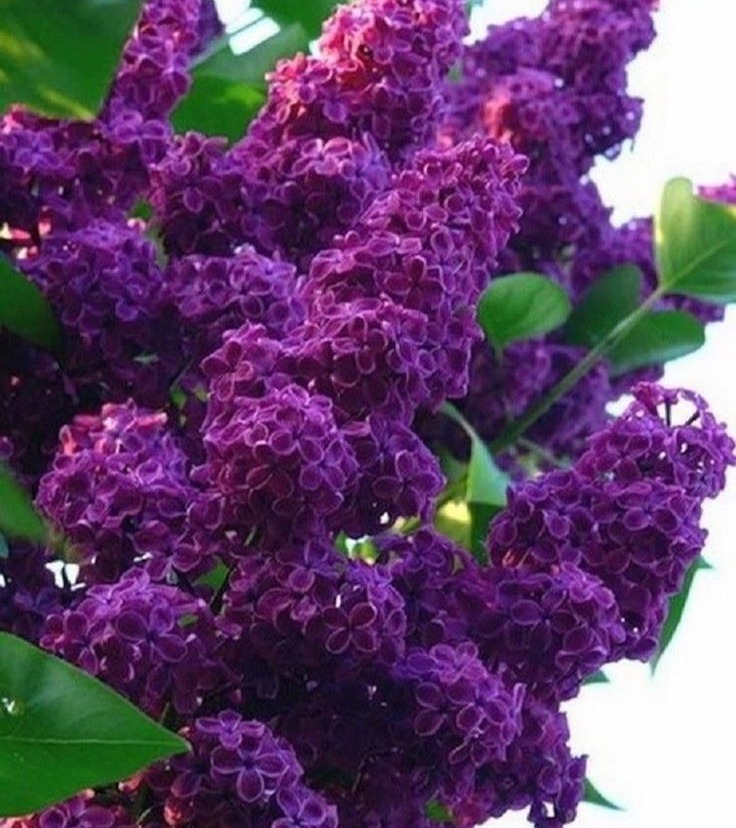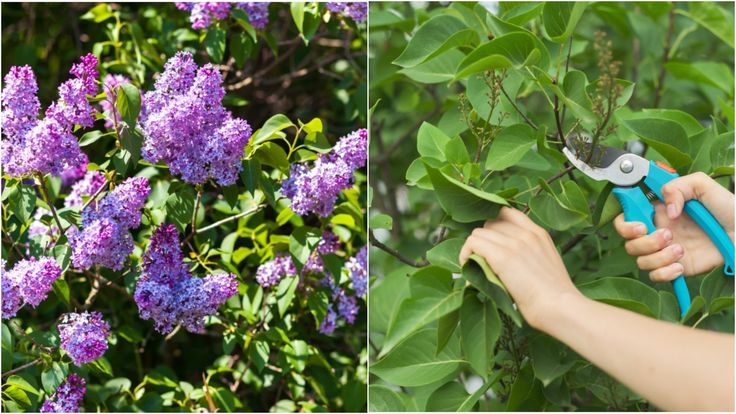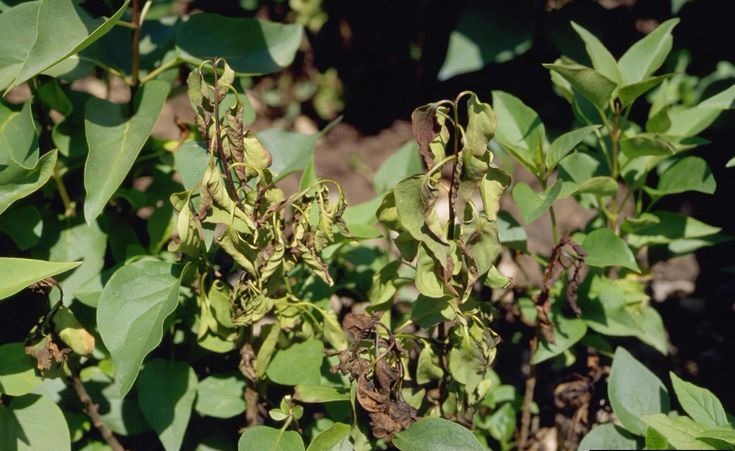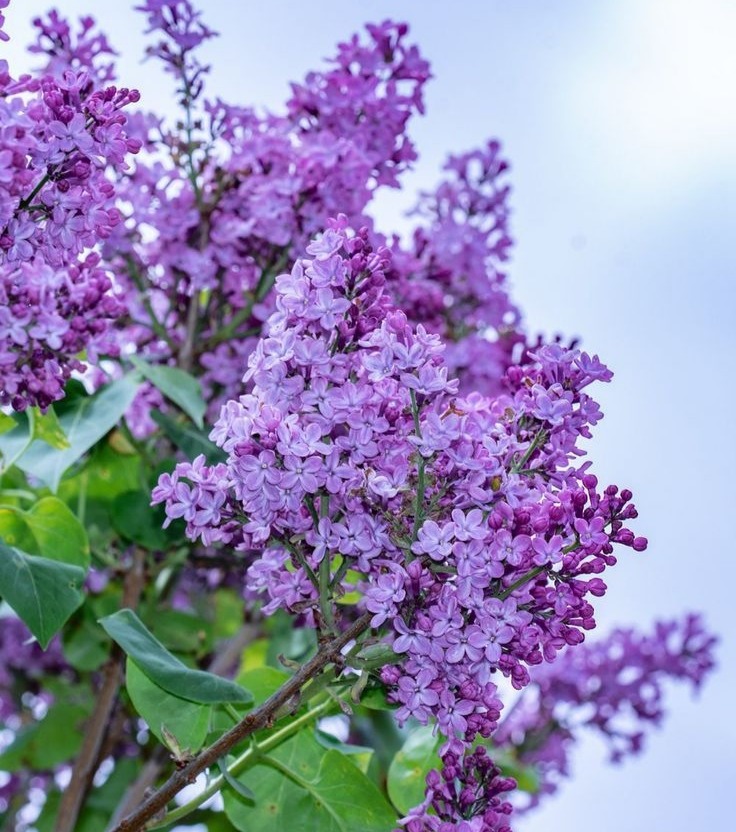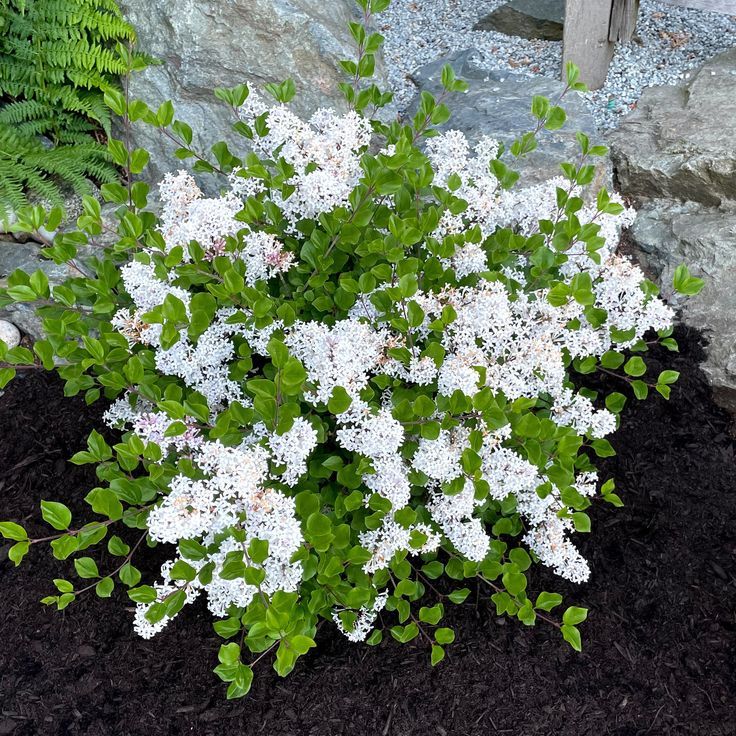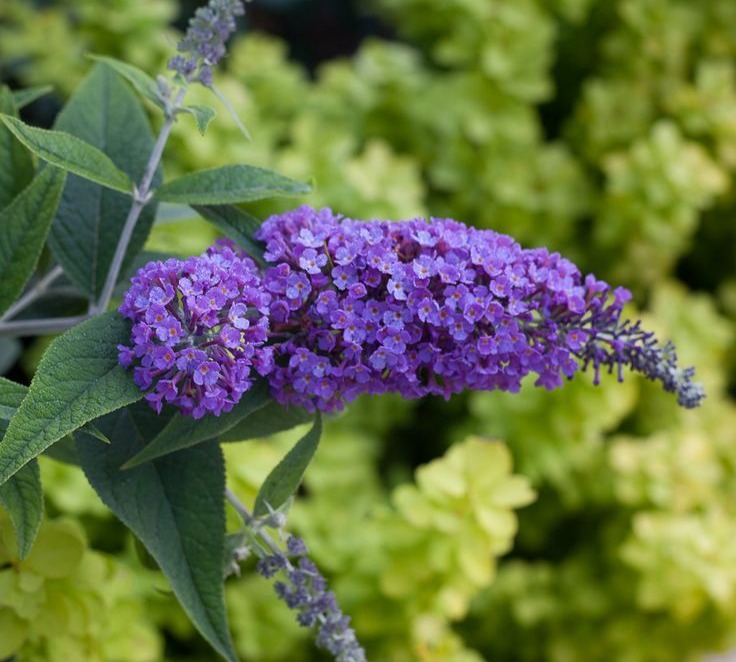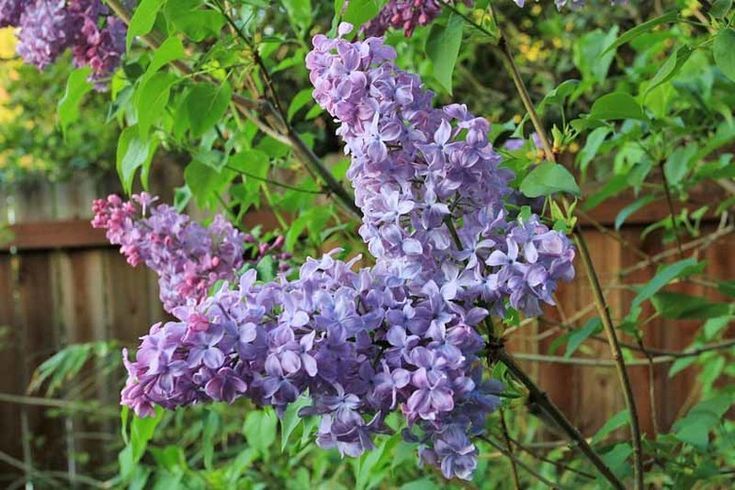Lilacs are a beloved flowering plant life , known for their fragrant blossoms and stunning ocular appeal . To ensure your lilacs bloom big and beautiful every class , it ’s all-important to follow some specialised aid and maintenance practices .
In this guide , we ’ll explore twelve essential tips that will avail your lilac thrive and become the envy of all gardeners .
1. Choose the Right Location
Lilacs prosper best in full sun , so opt a location in your garden that receives at least six hours of lineal sunlight day by day . Ensure the grunge is well - draining , as lilac do n’t wish wet foot . Consider the blank around the lilac bush to ensure it has room to grow and is n’t crowded by other plants .
2. Plant at the Right Time
The best sentence to set lilacs is in the former fall or outflow when the soil is practicable and the temperature are meek . Planting at these time gives lilac a effective prospect to lay down roots before utmost atmospheric condition condition hit .
3. Proper Watering Techniques
Lilacs prefer mysterious watering less frequently rather than frequent shallow lachrymation . Aim to water once a week , provide enough wet to reach the plant ’s beginning . Mulching can aid hold back soil moisture and quash the pauperism for frequent watering .
4. Fertilize Wisely
Lilacs benefit from impregnation in the early spring as they start to break dormancy . practice a balanced fertilizer or compost to enrich the territory . Avoid high - atomic number 7 fertilizer that boost foliage outgrowth over bloom .
5. Pruning for Health
Pruning is all-important for assert lilac health and raise bloom . Prune at once after flowering to remove spent blooms and shape the bush . Avoid heavy pruning , as it can reduce blooming in the undermentioned twelvemonth .
6. Control Pests and Diseases
Lilacs can be susceptible to plague such as aphids and disease like powdery mildew . Regularly inspect your plant life and use organic cuss control method if needed . Ensuring good breeze circulation around the plants can help prevent diseases .
7. Ensure Proper Air Circulation
Proper air circulation helps prevent disease and promotes salubrious growth . plant life lilacs with adequate space between them and other plants , and on a regular basis remove any idle or spoil branches to ameliorate airflow .
8. Use Mulch Effectively
Mulching around lilac bush assist conserve moisture , suppress weeds , and render nutrients as it dampen down . Use constitutive mulch and go for it in a layer 2 - 3 inches thick , keeping it aside from the trunk to prevent rot .
9. Winter Protection Strategies
In colder climate , lilac may take protective covering from rough winter jazz and freezing temperature . gunny wrapper or windbreaks can be used to shield the industrial plant . Ensure the ground remains insulate with mulch to protect the roots .
10. Deadheading Spent Blooms
Deadheading , or move out spend efflorescence , prevents seed geological formation and encourages the plant to focus energy on producing more bloom . do deadheading on a regular basis during the blooming season for the best results .
11. Soil Testing and Amendment
Regular soil testing ensures your lilacs have the right develop conditions . remediate the soil base on test results to poise pH levels and nourishing content , ensuring optimum growth and blooming potential difference .
12. Rotate Planting Locations
To head off soil nutrient depletion and disease buildup , look at rotate your lilac planting localisation every few geezerhood . This practice help maintain soil health and supports on-going vibrant blooming .


